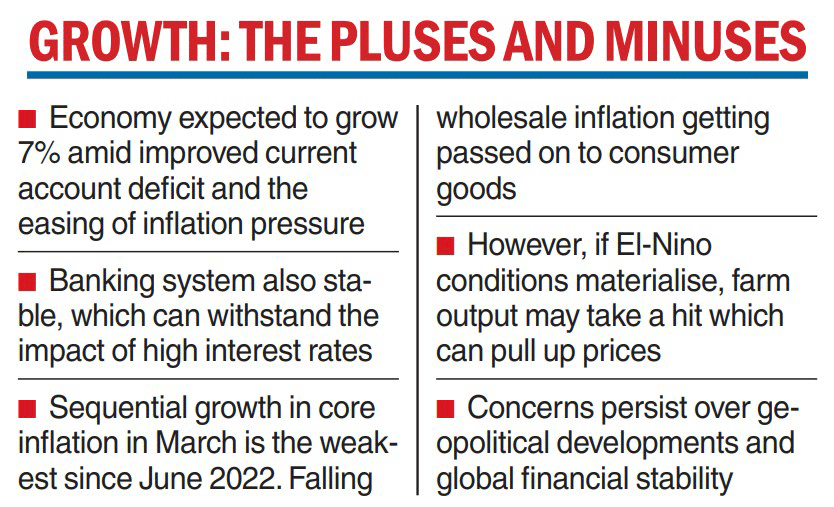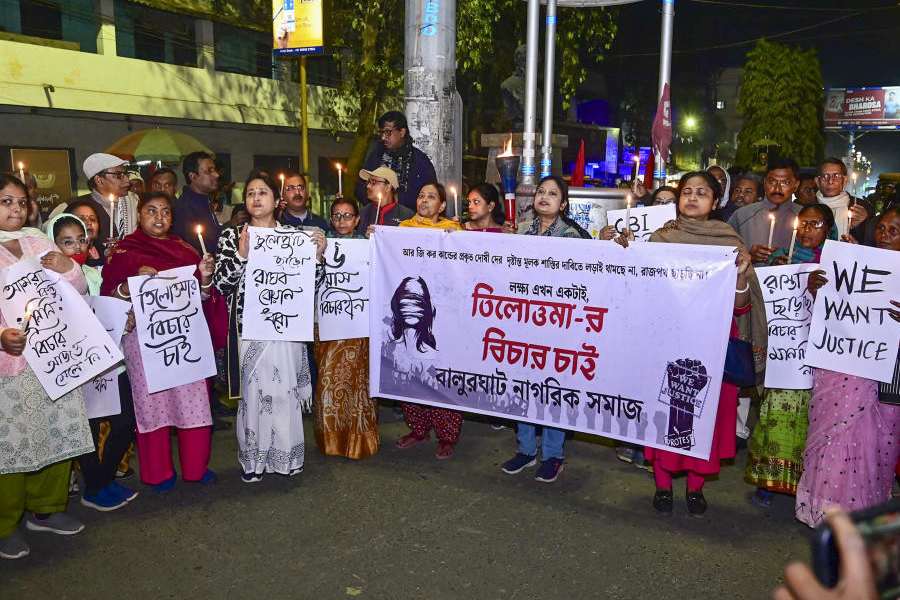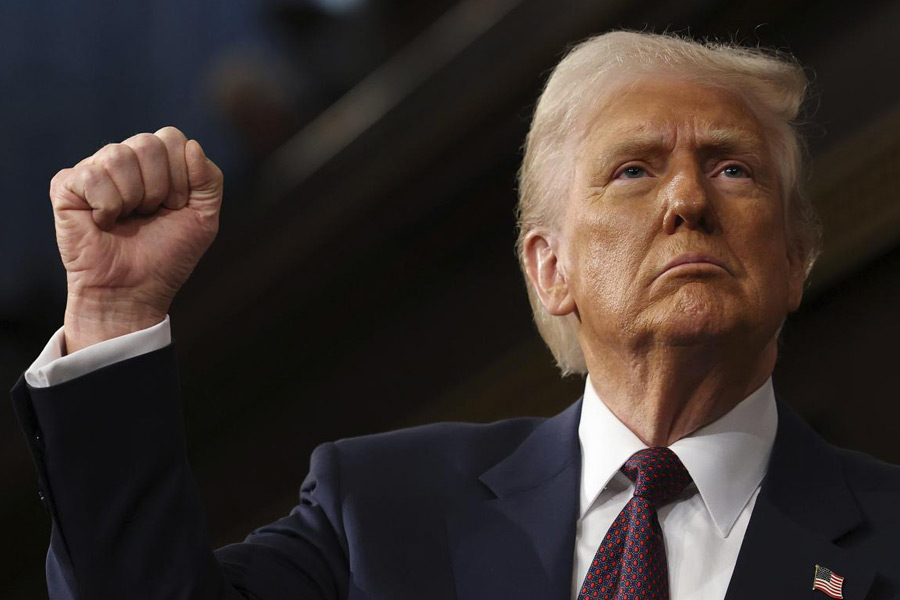The department of economic affairs in the finance ministry has released the monthly economic report for March. The Centre projects a strong outlook with the economy expected to grow at 7 per cent, higher than the trend rate and the growth of the other major economies.
Growing macroeconomic stability as seen in the improved current account deficit, easing inflation pressure and a banking system strong enough to survive the increase in policy rates have made the growth rate further sustainable, the report said.
But there were three potential risks that India would need to guard against: El Nino weather which could create drought-like conditions and lower agricultural output, while elevating prices; geopolitical developments; and global financial stability. “All these three could affect the favourable combination of growth and inflation outcomes currently anticipated,” the report said.
The report said an SVB-like bank collapse won’t occur in the country because of a set of peculiar characteristics of the Indian banking industry: 63 per cent of the total deposits in banks are held by households which are considered “as sticky retail customers”. Deposit withdrawals in this category will remain limited.
Indian banks do not hold a majority of their assets in the form of bonds — loans constitute more than 50 per cent of the total assets and these are “immune to a rising interest rate cycle”.
Asset-liability mismatch is a big threat when policy rates are hiked. However, ALM build-up is not an onerous issue in the Indian banking system
There has been a visible improvement in all the banking indicators: NIM (net interest margin) is high implying efficient investment by banks; the ratio of net NPA to advances is low; and the capitaladequacy ratio of the top 10 major banks is wellabove Basel III norms.
Banks in advanced economies had got used to near-zero rates, and they were unable to cope when the rates started rising rapidly. India never had near-zero rates, and the hike in interest rates has also not been as rapid as in the West
The spread between deposit rates and the policy rate in India is much lower than in the West. Since the spread is not large, the withdrawal of deposits en masse is an improbable event.
Various measures have been taken, including the setting up of an investment fluctuation reserve (IFR) to create a buffer to shield banks from adverse yield movements.
There is a uniform application of capital and liquidity requirements to all banks, irrespective of their asset size and exposure.
Besides, the provision of guidelines on governance focuses on dealing with the root cause of vulnerabilities, the finance ministry said.
“These factors will also help support the medium-term growth trajectory to remain on course. However, rising uncertainty leaves no space for complacency and dynamic risk identification and management will be critical, especially in the current credit upcycle,” it said.
On prices, the report said the sequential growth of CPI-core in March is the weakest since June 2022 and can be attributed to the beginning of the pass-through of declining WPI inflation in consumer goods prices.












